Why 1958-1960 Gibson Les Paul Standard Sunbursts are among the greatest guitars of all time
The story of the 'Burst's exalted rise
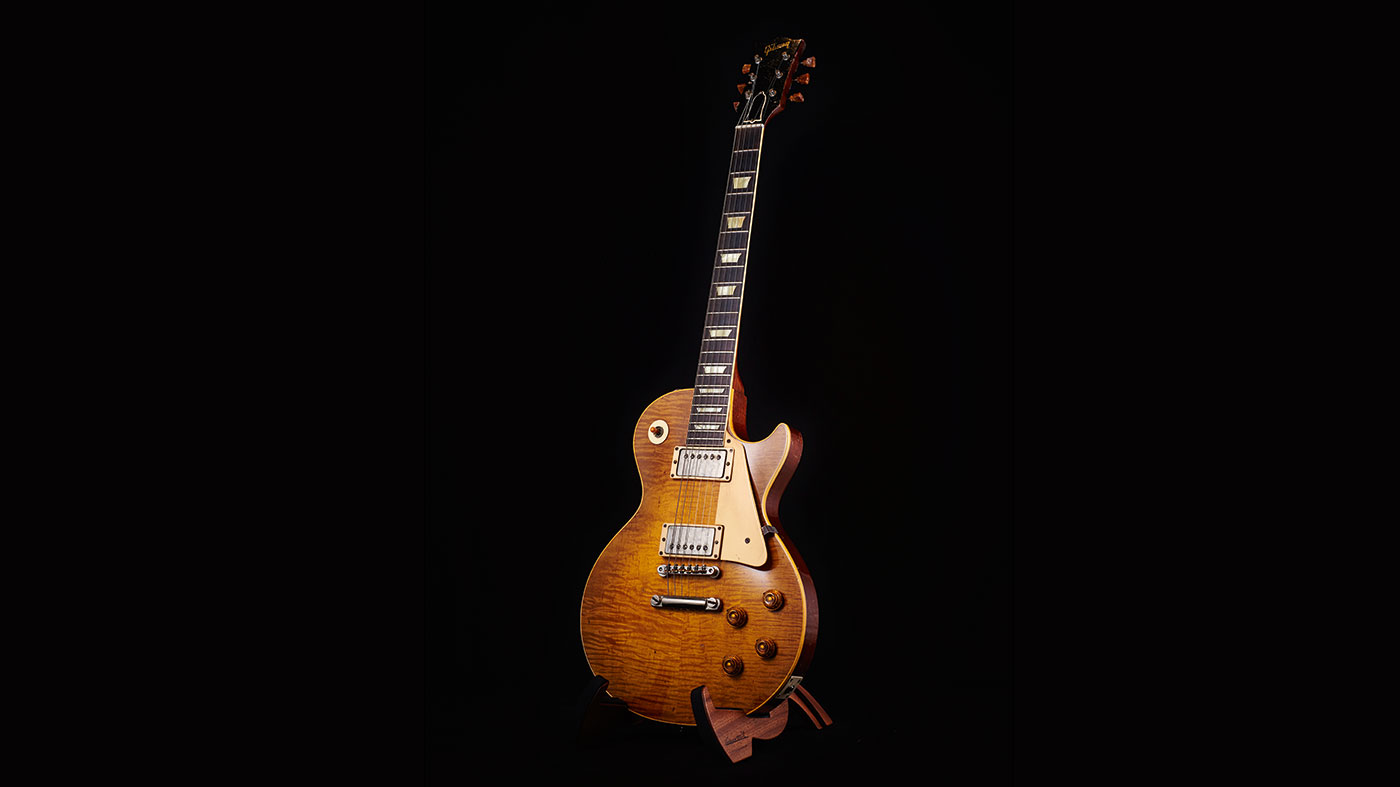
We all have our favourite guitars but the consensus is that the Gibson Les Paul Standard Sunbursts born between 1958 and 1960 are the greatest ever. We enlist a British rock icon and a man who has probably played more ’Bursts than he’s had hot dinners to tell you why...
There are some things in life we all feel comfortable about being labelled ‘The Best’. Few would disagree that Eric Morecambe and Ernie Wise were the best British comedy duo of all time. Despite the slight inconvenience of having been dead for years, they’re still the best thing on the telly at Christmas.
Then there’s the E-Type Jaguar, easily the most beautiful car ever built. Even Enzo Ferrari was happy to concede that one. Yes, Daniel Craig is a bloody good turn as James Bond but we all know Sean Connery is the ultimate 007. The best movie? Always Citizen Kane. Best band? The Beatles. No contest. Best guitarist? Invariably Jimi Hendrix. Best guitar solo? Stairway To Heaven.
No other model of guitar has been the subject of such hero worship, close scrutiny and mythology
Best electric guitars of all time? That’ll be the 1958-60 Gibson Les Paul Standards. Looking back over the 60-year legacy of the Standards, aka ‘The ’Bursts’, no other model of guitar has been the subject of such hero worship, close scrutiny and mythology. Blackguard Telecasters come a close second but the back-story of the ’Bursts is just so damn intriguing.
While the guitar that would become the Telecaster has been in constant production since its original launch as the Broadcaster in 1950, the late 50s Les Paul Standard model was so unpopular among the guitar-playing denizens of America, despite its sweet sounding twin PAF humbuckers, that it was dropped from the Gibson catalogue in 1960. It was replaced by the design we now call the SG.
That might have been the end of the story if a young British guitarist called Eric Clapton hadn’t bailed on his day job with R&B stalwarts The Yardbirds and needed a guitar for a new gig he’d landed with John Mayall’s Blues Breakers.
What Eric bought on that summer’s day in 1965 would change the course of rock history and turn generations of guitarists on to an instrument that had been consigned to the scrapheap only five years before.
Get the MusicRadar Newsletter
Want all the hottest music and gear news, reviews, deals, features and more, direct to your inbox? Sign up here.
Oh, and Eric paid £130 for his 1960 Les Paul Standard at a time when the average yearly salary was £750. That latter figure is just over £13,000 in today’s loot. You couldn’t get anywhere near an original 58-60 ’Burst for that kind of money these days.
Blame It On The Beano
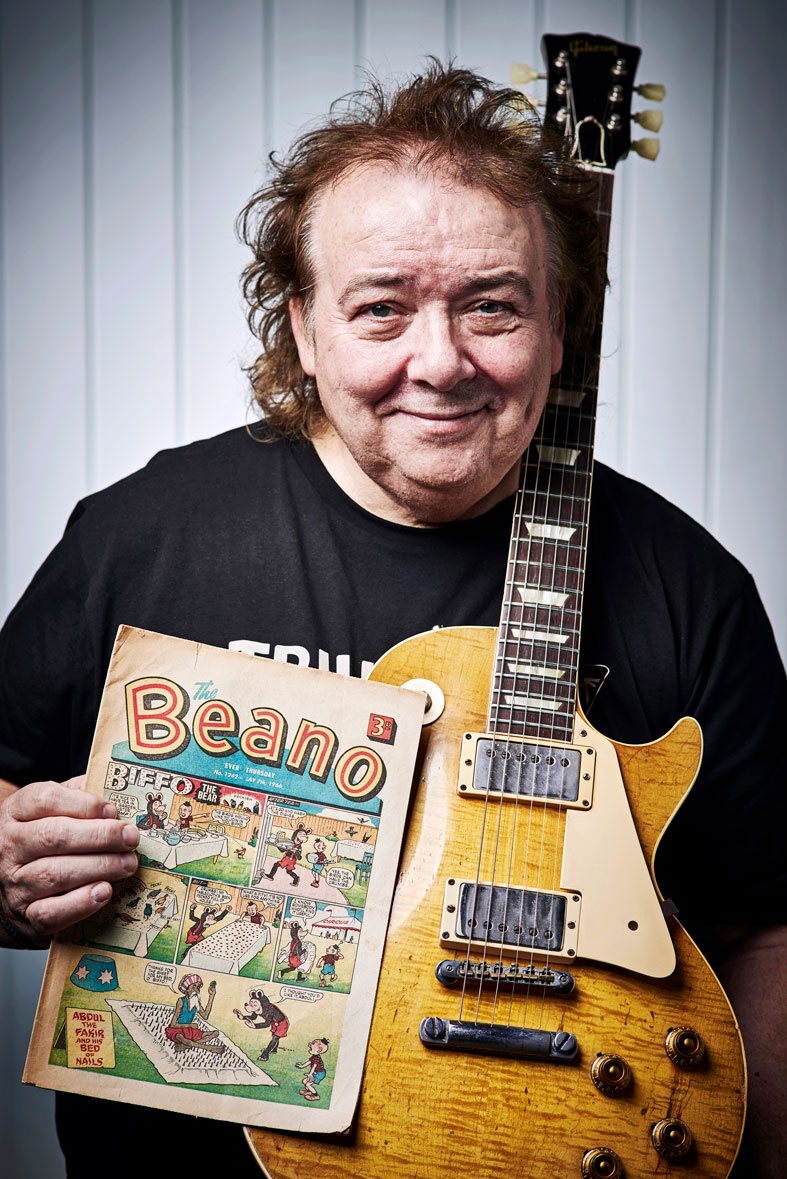
But why do so many of us accept that the 1958-60 Les Pauls, and more specifically the ’59, are the best electric guitars ever made?
Exhibit A is Eric Clapton’s blistering tone on John Mayall’s Blues Breakers 1966 ‘Beano’ album. The plot thickens with Peter Green’s LP sound on John Mayall’s Blues Breakers’ A Hard Road [1967] and his early Fleetwood Mac stuff.
Bernie's happy to dispel one of the greatest myths about the Les Paul Standards made between 1958 and 1960 - the notion that every ’Burst is a stone killer
Figure in testimony from cats like Led Zeppelin’s Jimmy Page, US blues icon Michael Bloomfield, Free genius Paul Kossoff, one-time Stone Mick Taylor, the much-missed Gary Moore and current ’Burst evangelist Joe Bonamassa and it’s obvious why few of us dare to argue that the late 50s Les Pauls are the pick of the six-string litter. Yet, how many of us have actually clasped, let alone played, the real McCoy? Should we simply trust the eyewitness accounts of rock stars that put the original guitars out of our reach by playing them in the first place?
Well, yes. Especially if that rock star is ex-Whitesnake guitarist Bernie Marsden, longtime owner of ‘The Beast’, an exceptional example of a 1959 Les Paul Standard. Few men are better placed to explain the attributes of a ’Burst than Bernie. He’s also happy to dispel one of the greatest myths about the Les Paul Standards made between 1958 and 1960. That is, the notion that every ’Burst is a stone killer. “No. They’re not,” he reveals. “You know the famous one I let go because it wasn’t as good as The Beast? That was the Keith Richards one.”
Yes, Eric Clapton might have turned the world on its head with his Beano work in 1966, but Keith Richards was using one with The Stones on stuff like their ’64 US tour, on the Ed Sullivan Show, and to record a tune called (I Can’t Get No) Satisfaction. “He’s the unsung hero of the ’Burst,” says Bernie. Perhaps it was because Keef was more of a rhythm player in the early days, or the fact that he was seen with so many different guitars at that time and since, but he never became a ’Burst icon like Eric. The Les Paul wasn’t in his possession for the long haul. Bernie didn’t hang onto the guitar either...
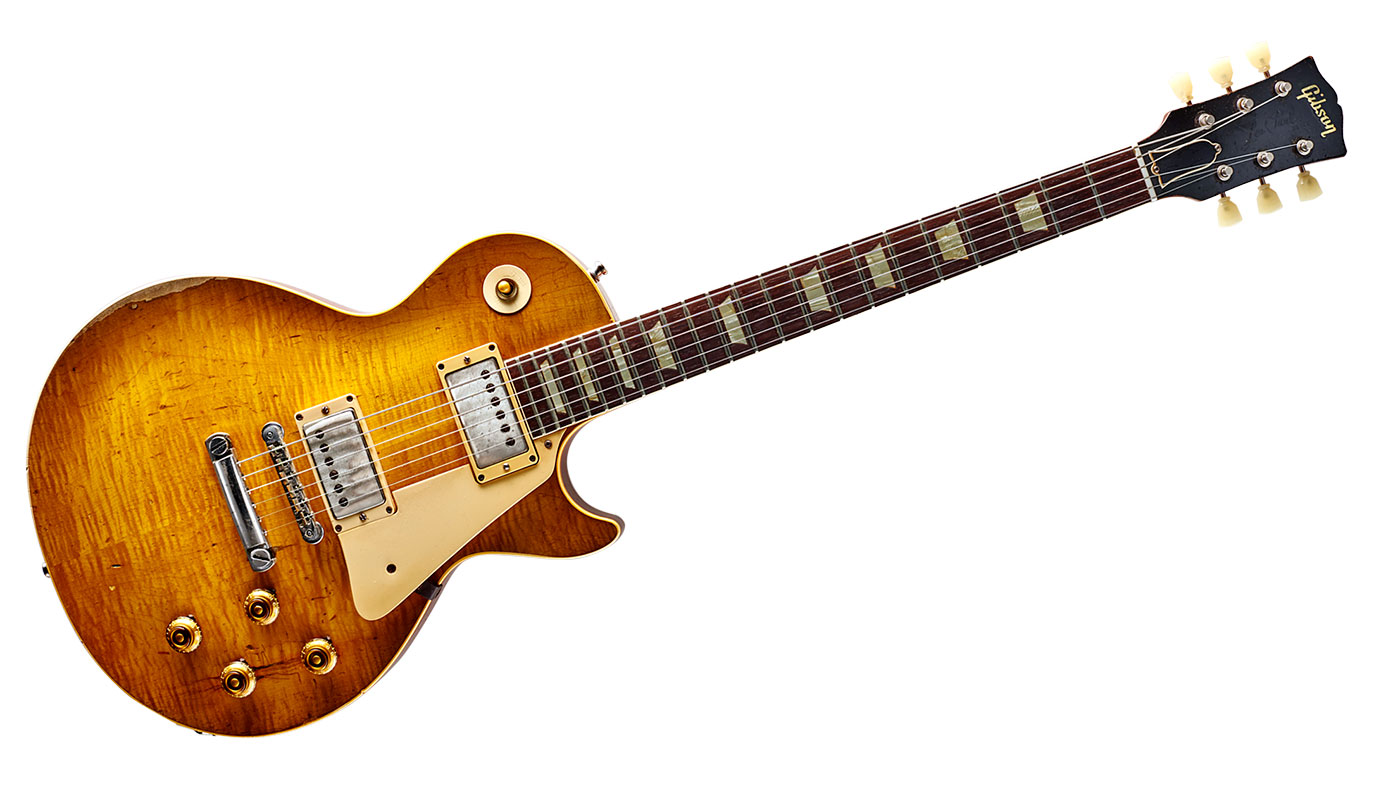
Double 'Burst
I didn’t know it would become a million-dollar guitar. You don’t think like that when you’re 22 years old. You just want a good guitar
“It’s not that it was bad,” he continues. “I already had one - The Beast - and I got offered double the money I’d paid for the Keith ’Burst in 1974. I didn’t know it would become a million-dollar guitar. You don’t think like that when you’re 22 years old. You just want a good guitar.
“With my generation, it was more about if you like what it’s doing when you plug it in. None of us were looking at the contours, or the condition of the heads... Actually, the heads were probably the only thing we looked at because we changed them to Grovers. You changed them whether it was necessary or not. Someone said, ‘Oh, you got to change those. Put these on, they’re much better’. But we never thought about how good the Sunburst was or the flame. I mean, we knew they were good-looking guitars. But the important thing was that they sounded good.”
David Davidson agrees that not all ’Bursts are keepers. As the curator and CEO of the new Songbirds Guitar Museum in Chattanooga, Tennessee, he has almost 40 years of experience tracking down and purchasing exceptional vintage guitars. But don’t expect him to buy your ’Burst just cos it’s old...
“Of the 36 ’Bursts we have, I have probably turned away three or four for every one that I’ve bought. That’s just to make sure that we got the right combinations. Some of our guitars might not have the most flamed tops, and some of them have unbelievably flamed tops, but I can assure you that every one that we have sounds great, and feels good, the way it’s supposed to. We wouldn’t just buy one for show.
“There are ’59s that sound better and play better than others. I’m not a scientist but I have been told that it has a lot to do with wood grain. If you look at the back of a Les Paul and see that the grain is very swirled, you know the mahogany grain is not as straight, I think that affects the sustain of the body. The notes just don’t travel as far. “I’ve also been told that not all PAFs were created the same. Not every Gibson PAF is a great pickup.”
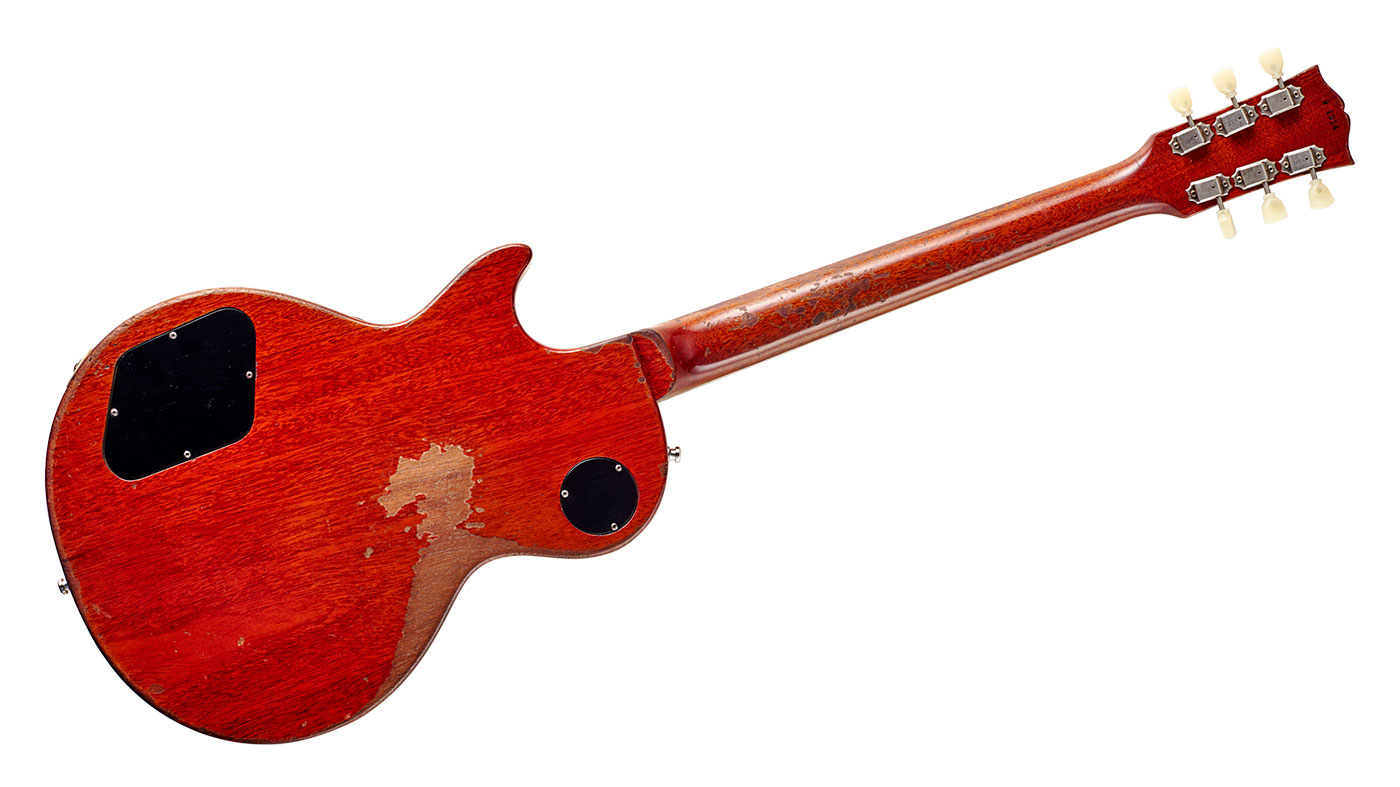
Price Explosion
Bernie was not only one of the first guitarists to realise that ’Bursts were special instruments, by the late 70s he also became conscious of their increasing value.
“There was a guy in London. He worked with John Entwistle [bassist, The Who]. He was always around the Denmark Street shops. His name was Robert Johnson, very good guitar player. I’ve seen him subsequently. He lives in Memphis. Anyway, he had a really good ’59. I remember him saying, like it was just a few days ago, ‘you should get one of these... it’ll be an investment’. Which meant nothing to me when I was getting £15 a week.
Keef’s old ’Burst apparently relieved one collector of a million-plus dollars
Shrewd move Mr Marsden. At the time of writing, you could pick up a genuine ’59 ’Burst from a store on London’s Denmark Street for £199,000. The same dealer had a 1958 ’Burst for £169,000.
A trawl of the web revealed other ’59s at almost £300,000, and 1960 examples running from £100,000 up to £225,000. We know that Joe Bonamassa paid more than £200,000 for his now iconic ‘Skinner ’Burst’ ’59; Keef’s old ’Burst apparently relieved one collector of a million-plus dollars, although the actual figure is a well-kept secret. Paul Kossoff’s Les Paul went on sale for £250,000 a couple of years ago making it almost a bargain when you consider Peter Green’s ’Burst smashed through the million-pound barrier many years ago.
God only knows what The Beast is worth then, Bernie. “I don’t like to think about it too much. If I did, I’d never take it out!” Looking back, it’s a miracle that so many ’Bursts survived the 70s and 80s, two decades that were to vintage guitars what the Ice Age had been for the dinosaurs. It was the heyday of gratuitous guitar modification, stuff such as finish stripping, complicated active circuitry, ugly brass hardware... and all in the name of better playability and sustain. There were many casualties.
Finding a vintage classic that had been mutilated, say routed out for a Kahler vibrato, perhaps gutted to install Super Distortion pickups, was a horror akin to turning on the TV and discovering that Fawlty Towers had been remade by the cast of Mrs Brown’s Boys.

Piece Of Work
David Davidson acknowledges that there are a lot of modified ’Bursts out there but while a retrofitted set of Grovers - a common tweak on old Les Pauls - would deny a guitar entry to his museum, other work is regarded as more acceptable on the collector market.
“A guitar is meant to be played and if you have a ’59 ’Burst and the frets are shot, I don’t deduct much in the price if someone does a proper refret on a guitar that desperately needs it. To me it’s a necessary repair. I can say the same thing about a faulty solder joint.”
The work being done by some people to make things appear original is getting better and better
Some modifications, however, are tougher to spot. “The quality of the work being done by some people to make things appear original is getting better and better. There’s only a handful of people that could actually tell the difference. I think many of the people who buy vintage guitars have to engage themselves with someone who knows better. People think they’re experts, which means they can make mistakes.”
The first step is to know your quarry. It was in 1958 that Gibson changed the name of the Les Paul Model to the Les Paul Standard. Up to that point these guitars had a Goldtop finish. By autumn 58, the gold had given way to a pretty cherry sunburst.
There is one known example of an earlier ’Burst ’58, serial number 8 3322. It wasn’t just the finish that was unusual. Unlike every other 1958-60 ’Burst, which had twopiece centre-seam maple top, ‘8 3322’ has a non-centred seam. This means that the guitar’s top was originally destined to be covered in gold paint. A factory sunburst from early ’58 is obviously rare, and there is an even earlier example documented - serial number 8 3096 - that has gone AWOL.
That said, it wasn’t unusual for British guitarists to have Goldtops refinished in sunburst in the 60s in an effort to get the look of Eric’s guitar. It was rare to find a great flame under the gold nitro, and quite often stripping the finish revealed an offset seam on the two-piece top. Bernie himself owned a refinished ’52 or ’53 Goldtop sometime before he got his hands on The Beast.
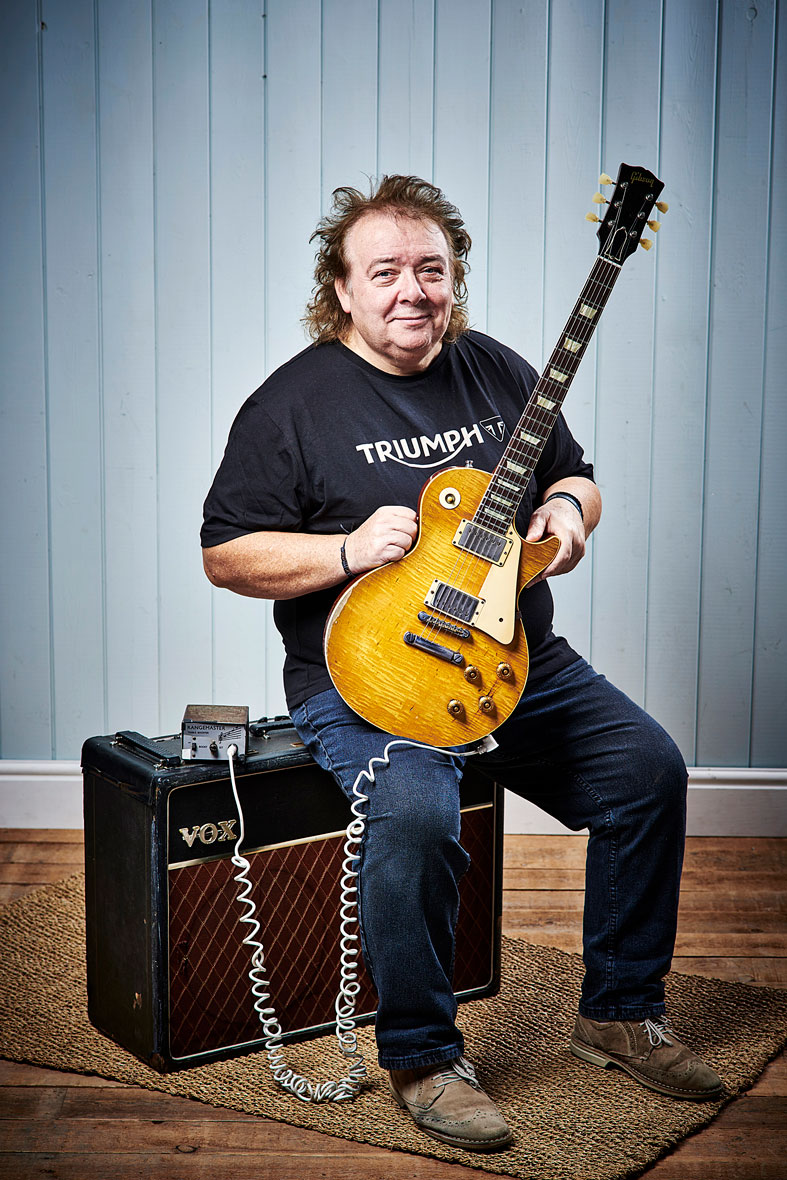
'59 Sound
While the ’58s and ’60s have their fans, Davidson explains why the ’59 will always be the ’Burst king of the hill.
I think it was the year Gibson really got everything right. In ’59 they had the big neck but they also had the big frets
“I think it was the year Gibson really got everything right. In ’59 they had the big neck but they also had the big frets. In ’58, you also had the big neck, and the frets are smaller. In 1960, unless you get a very early production ’60, you get a thinner neck and the big frets. You don’t get the big neck and frets unless it’s very early 1960. I think that most people like that feel, that larger neck, and it’s much easier to bend the strings with the larger frets.”
Considering that the necks were finished by hand, it’s no surprise that even guitars from the same batch can have a different feel. “Yeah, there’s variations. It’s usually to do with thickness. I find it’s usually between the third and 12th fret that I find the variations. Some are a little thicker. Some are a little thinner.’ Then there’s the sizzle that comes with the artists who made the ’59 a blues rock icon.
“I’ve played many refretted ’58s, fitted with bigger frets that sound every bit as good as a ’59,” David continues. “But yes, I think there might be a little stigma attached to the ’59 based on who played them. However, I think the artists that wound up playing ’59s played them because of the bigger neck and frets... it was kind of the perfect storm.”
Of course, when you’re talking about ’Bursts you have to mention the finishes. For some reason the red pigment in the ’59s Cherry Sunburst was more liable to fade than that of its ’58 and ’60 brethren. That’s why there are so many different shades of finish on ’59 ’Bursts. As a collector you might expect Davidson to look for factory-fresh Cherry Sunbursts. Nothing could be further from the truth.
“I don’t care! They take on a whole new life. I love the Honey ’Burst, the Lemon ’Burst. I love the variation, otherwise, every guitar starts to look the same. You can have a wonderfully preserved guitar that’s just faded, and that’s it. So, I don’t care if it’s faded, as long as it’s even and looks attractive to my eye.”
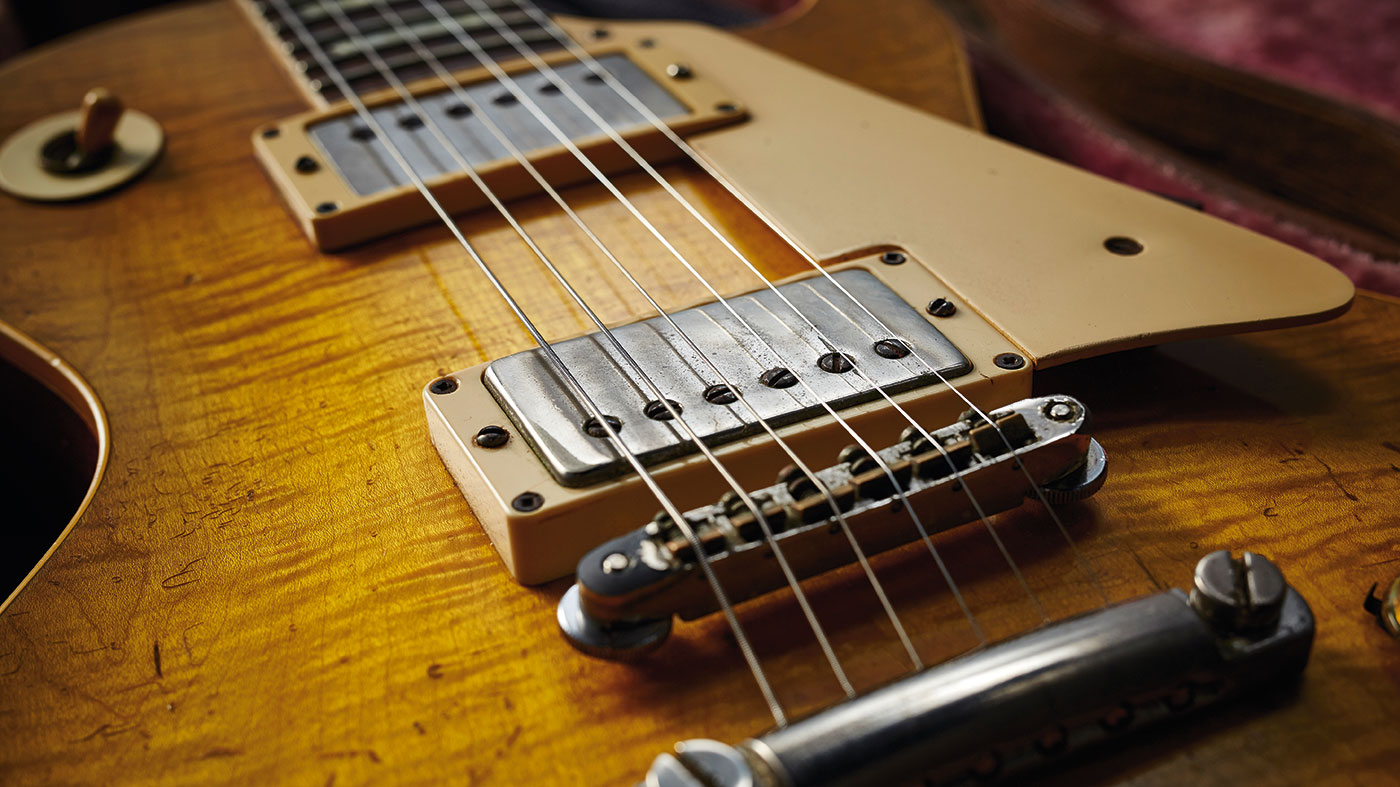
Legendary Tributes
Sadly, the closest most of us will get to experiencing what it’s like to own and play a ’58, ’59 or ’60 ’Burst is a modern Gibson Custom Shop R8, R9 and R60 reissue. So, how close do these doppelgangers get to the feel and tone of the real deal?
“For the money, they get pretty close,” says Bernie. He should know. His Beast was one of the first ten vintage ’Bursts chosen to be replicated for Gibson’s Collector’s Choice program. The first guitar in the series was the most iconic ’Burst of them all, the Peter Green/Gary Moore ’59 - then owned by collector Melvyn Franks, and currently cherished by Kirk Hammett of Metallica. Bernie takes up the story…
When I’m in the middle of a solo I forget that I’m playing the reissue. So, that’s how good they are
“Gibson said they wanted to do a limited edition, if I agreed to it. I’m pleased to be part of the CC 10. They’re up to 30-something now I think. Mine’s Collector’s Choice number 8. I see people now who constantly bring them to me to get them signed. And I play one regularly when I’m in Italy. A friend of mine has one and I have to say when I’m in the middle of a solo I forget that I’m playing the reissue. So, that’s how good they are.”
For David Davidson, his frustration at the Gibson business model will likely be shared by others. “Up until a few years ago I think Gibson was putting out a really great product as far as their historic stuff goes. But I’m troubled that the standards keep changing year to year. It’s like, this year we’ve got it right, this year we’re using hide glue. This year we’ve got it perfect.
“Then next year, they make you feel almost bad about the guitar you bought because the new one is so much better. I think some people are fed up with that, you know, ‘I just spent $8,000 on what I thought was the perfect Les Paul. Now I find out, not only is the new Les Paul that’s more perfect is $10,000, but now my $8,000 one is worth $5,000’. That’s a very hard pill to swallow.”
You could of course get lucky and happen upon the real deal hidden under a bed or tucked away in a loft somewhere in its original five-latch ‘California Girl’ case.
“Every time I think it’s never gonna happen again... it happens,” says Davidson. “It’s pretty well known that we haven’t accounted for 1,700 of these guitars yet. So I think yeah, there’s probably still some laying around. That’s what drives me!”
As for Bernie, he’s just thankful he resisted temptation and hung on to The Beast, even if he does occasionally think of the ’Bursts that got away.
“Yes, hindsight is a wonderful thing,” he laughs. “If only we’d kept all the ones we had at the time. It was like, ‘I’ll get rid of this. I can always get another one!’”
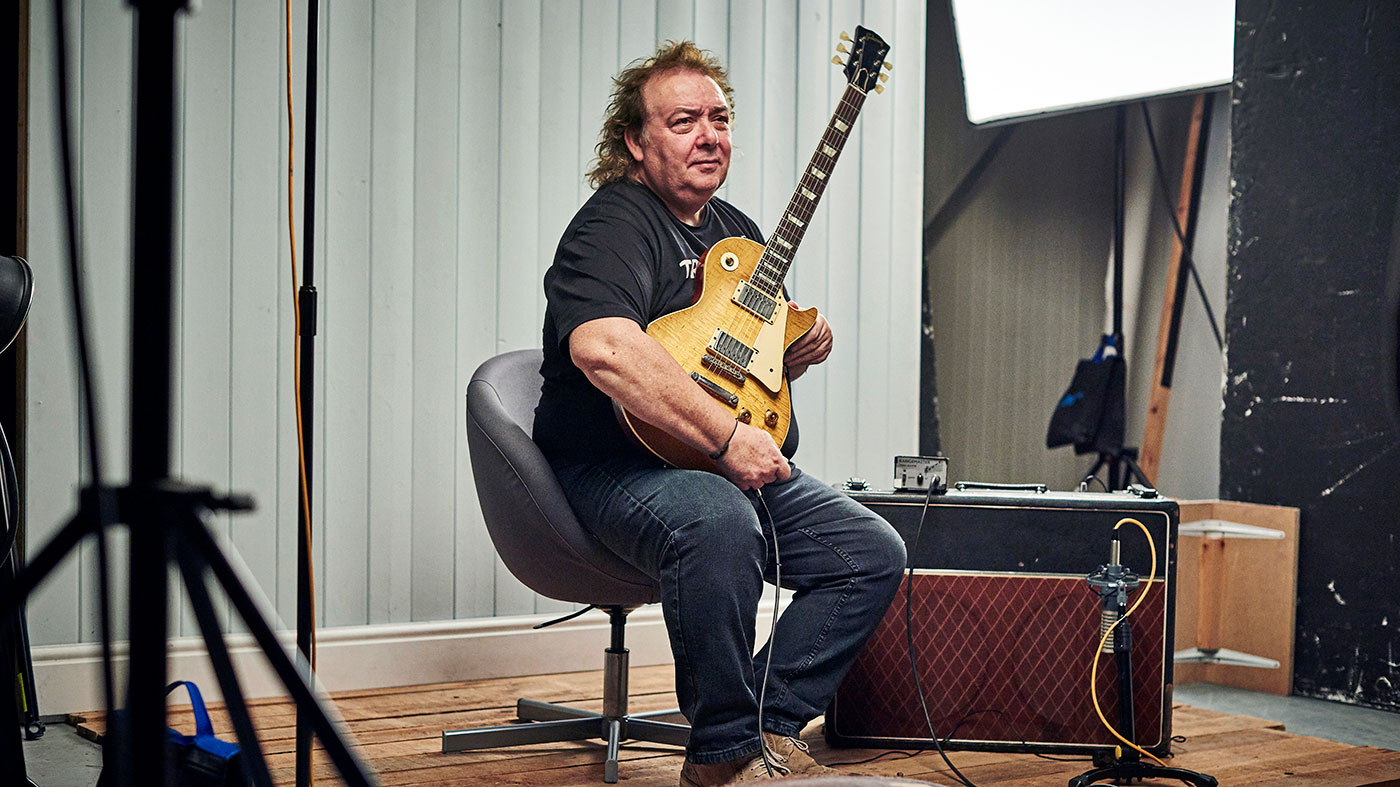
“To be honest, I feel like I am playing a high-end Gibson guitar”: Epiphone and Guitar Center team up for a colourful riff on a cult classic with the limited edition run Les Paul Custom Widow
“The humbuckers give it so much power and such a wide variety of tones while the destruct button really sets it apart from just about any other Tele”: Fender unveils the Mike Campbell “Red Dog” Telecaster











